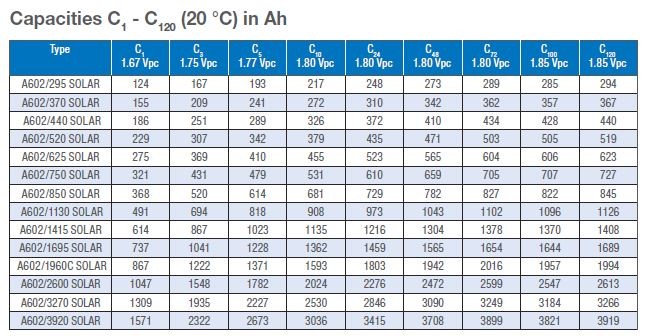Choosing the right battery can be challenging with so many options available. Understanding key battery specifications is crucial for making informed decisions. This guide outlines essential factors to compare batteries effectively.
Understanding Battery Specifications
Several factors influence battery performance. Seemingly minor details can significantly impact a battery’s perceived capability. While this guide focuses on lead-acid batteries, the principles generally apply to other battery types.
Ampere-Hours (Ah)
Ampere-hour (Ah) rating indicates a battery’s capacity or the amount of energy it stores. Calculate Ah by multiplying amperes (current) by hours discharged at a specific discharge rate (C-rate). A higher Ah rating generally means a longer runtime.
Watts (W)
Some batteries, particularly smaller ones, are rated in watts per cell or block for a specific duration. For example, a battery might be rated in watts for 15 minutes at 1.67 volts per cell at 25°C. This standard originated in the Uninterruptible Power Supply (UPS) industry where inverters draw a constant watt load. Higher wattage indicates greater power delivery over a short period, often achieved with more and thinner internal plates. While no direct conversion exists between watts and amperes, estimate by dividing watts by the average discharge voltage (around 11.5V for a 12V block).
C-Rate
C-rate defines the discharge rate of a battery. Common C-rates are 5, 8, 10, 20, and 100 hours. A 100Ah battery at C20 discharges at 5 amps for 20 hours (100Ah / 20h = 5A). However, the same battery at C5 might only deliver 82.5Ah due to internal losses at higher discharge rates. Match the battery’s C-rate to your application’s current requirements.
Temperature
Temperature significantly impacts battery performance. Lower temperatures hinder chemical reactions, reducing capacity. Batteries are often specified at 20°C, 25°C, and 27°C. An 8% capacity difference exists between 20°C and 27°C. A 100Ah battery at 20°C might provide 108Ah at 27°C.
End of Discharge Voltage
End of discharge voltage is the minimum voltage required for connected equipment to function correctly. Consider this alongside the C-rate. High discharge currents quickly reach a high end of discharge voltage. Equipment operating down to lower voltages allows better utilization of battery capacity.
Cycle Life and Depth of Discharge (DOD)
Cycle life represents the number of charge-discharge cycles a battery can withstand. Depth of discharge (DOD) is the percentage of capacity discharged per cycle. Common specifications include 2-hour BCI (C2 rate, ~84% DOD), IEC896 (60% DOD), or DOD-based graphs. A higher cycle life at a higher DOD indicates better overall performance. For instance, 800 cycles at 80% DOD surpasses 1200 cycles at 30% DOD.
Conclusion
Comparing batteries requires a thorough understanding of these key specifications. By carefully considering Ah, watts, C-rate, temperature, end of discharge voltage, cycle life, and DOD, you can select the optimal battery for your specific needs. Remember to compare ratings at consistent conditions for accurate evaluations.
